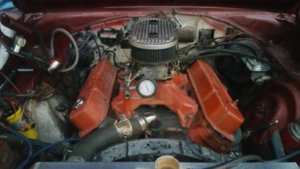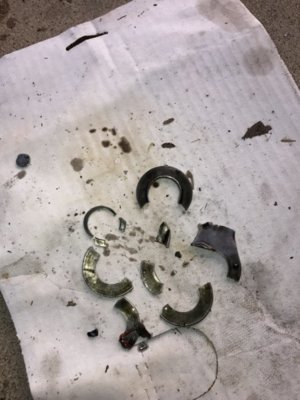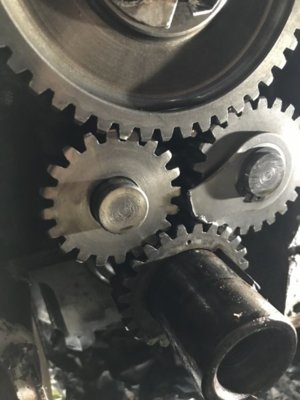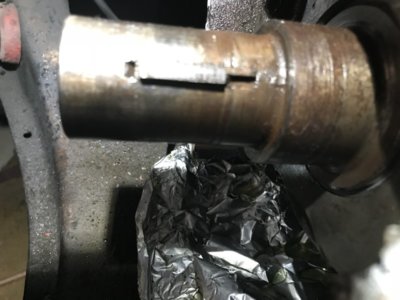The easiest way to measure coil bind. Compress the spring solid in a press or vice with the retainer to be used. Measure under the retainer to the base of the compressed spring. Measure installed height as run. Subtracting the solid height number from installed height number equals coil bind. Check retainer to guide/seal clearance, coil bind, proper spring pressure for the intended use, no interference from the lash caps, and the lock design was matched to the valve groove and retainer. Carefully inspect the lock grooves in the valves. If this is all correct, its simply the retainers that are not up to the task. The mark from the valve piston doesn't bother me. But the oil on top of it and rust in the cylinder does. Did the cylinder (or cylinders) have this rust when the head was removed?
Doug
Doug




















